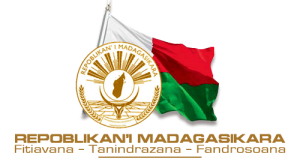Tourism In Madagascar
En français/French/ Malagasy and limited English
The tourism sector is quite well structured because of several existing associations, which are organized by function and national scope. Tourism in Madagascar specializes more and more on niche markets based on its natural resources. Madagascar is a key destination, thanks to the endemic fauna and flora (respectively 80 and 90%), 70% of the lemurs species in the world, 1.000 of orchids species, 46 classified sites, its other tourist attractions are resort sites (thanks to its 5 000 km of coast with many beaches and bays) and the diverse culture of its population.
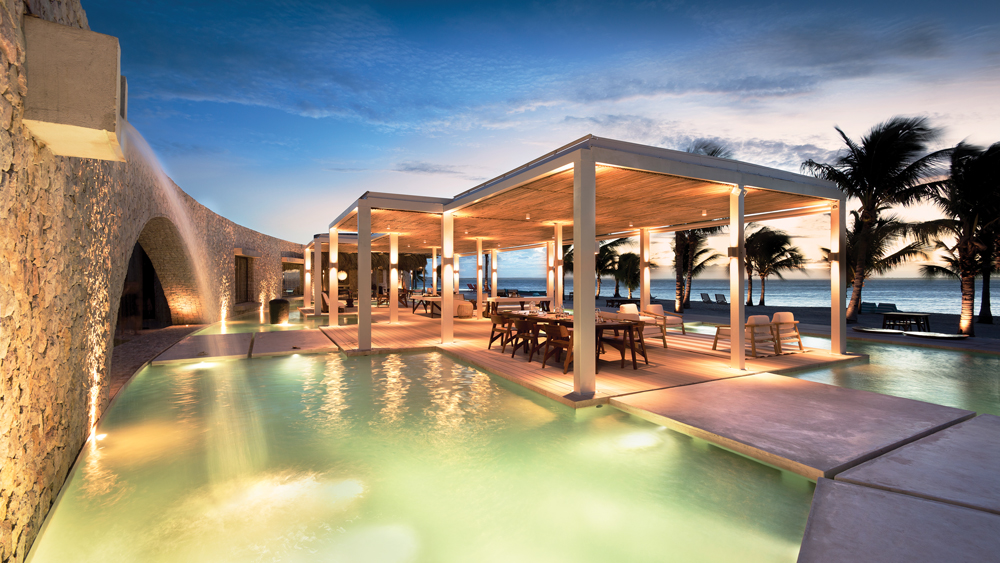


Presidence de la Republique de Madagascar – Andry RAJOELINA
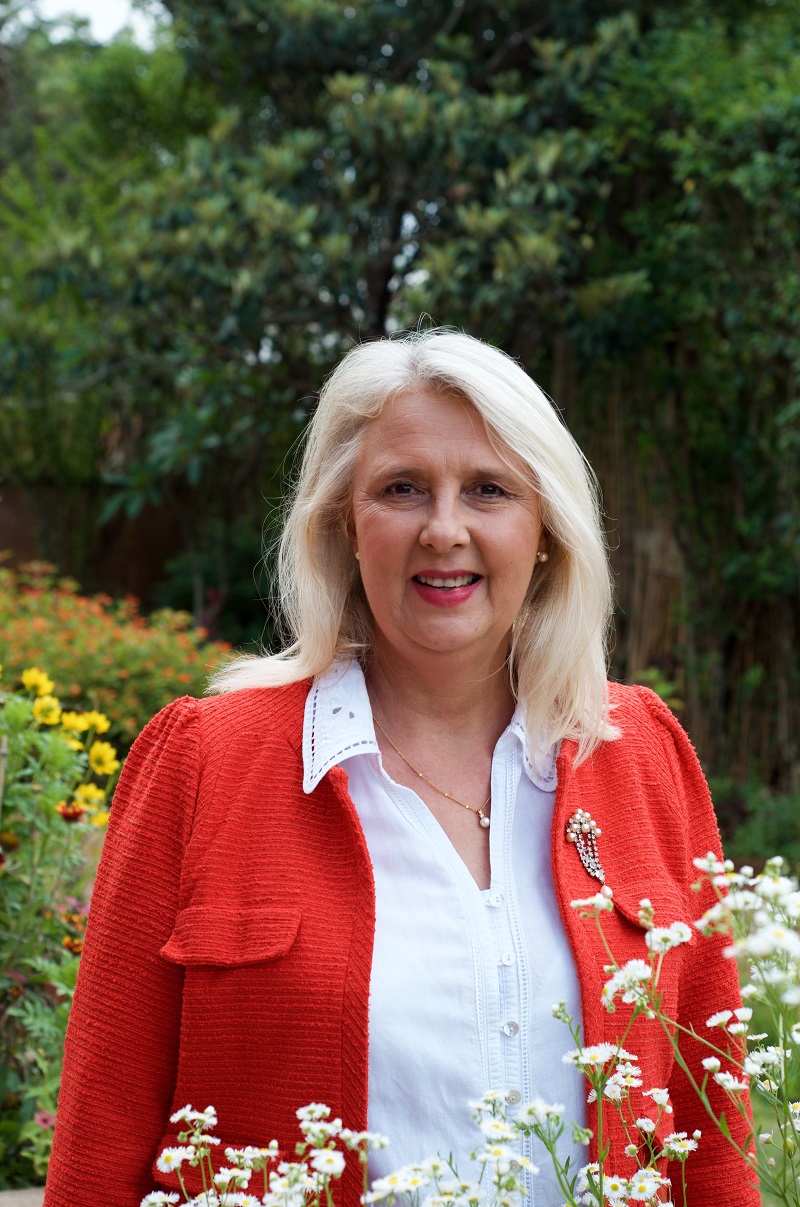
Louise Fox
Honorary Consul for KwaZulu-Natal
Louise was appointed Vice Honorary Consul for KwaZulu-Natal in 1998 and Honorary Consul in 2013, a role in which she enjoys promoting and supporting Madagascar.
Travel to
Air Madagascar
Tel : +261 20 22 331.54 (Reservations)
www.airmadagascar.com
AirLink
Tel : 0861 359 722
Financial House, Ernest Oppenheimer Road, Bruma Lake
Tel : +27 11 616 0636 Fax : +27 11 616 0930
Airlink flies to Antananarivo, Madagascar from Johannesburg, South Africa daily and once a week into Nosy Be.
Travellers are advised to contact the relevant airline or their travel agency, for up to date flights schedule and booking.
Airport Journey: It takes at least 45 minutes to reach the airport from town, and approximately 1 hour at peak hour.
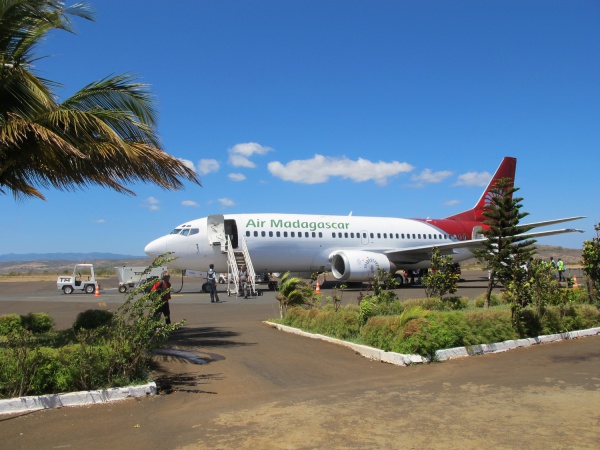
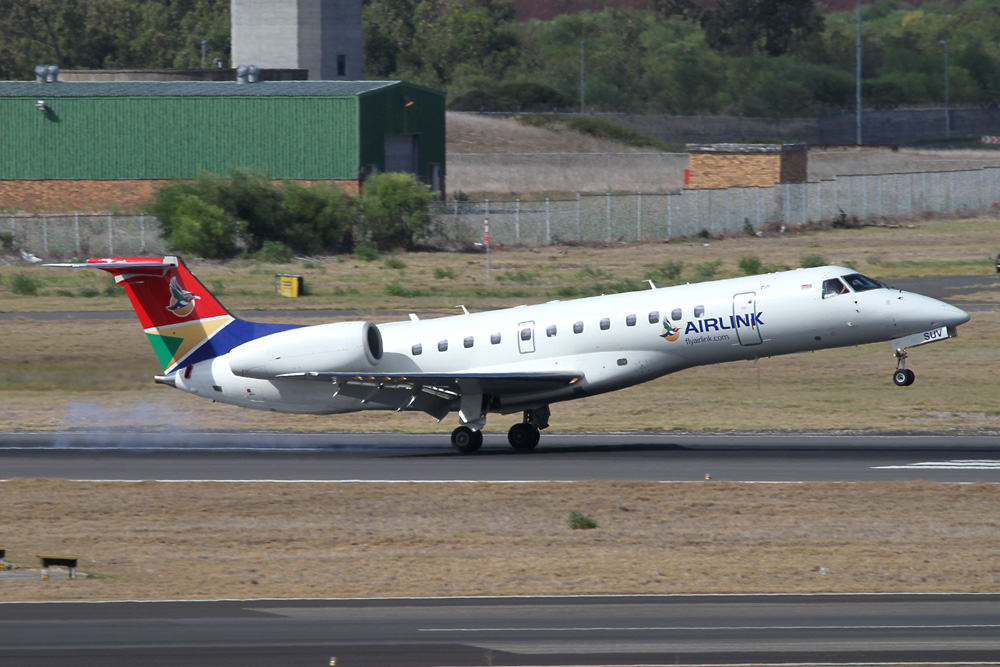
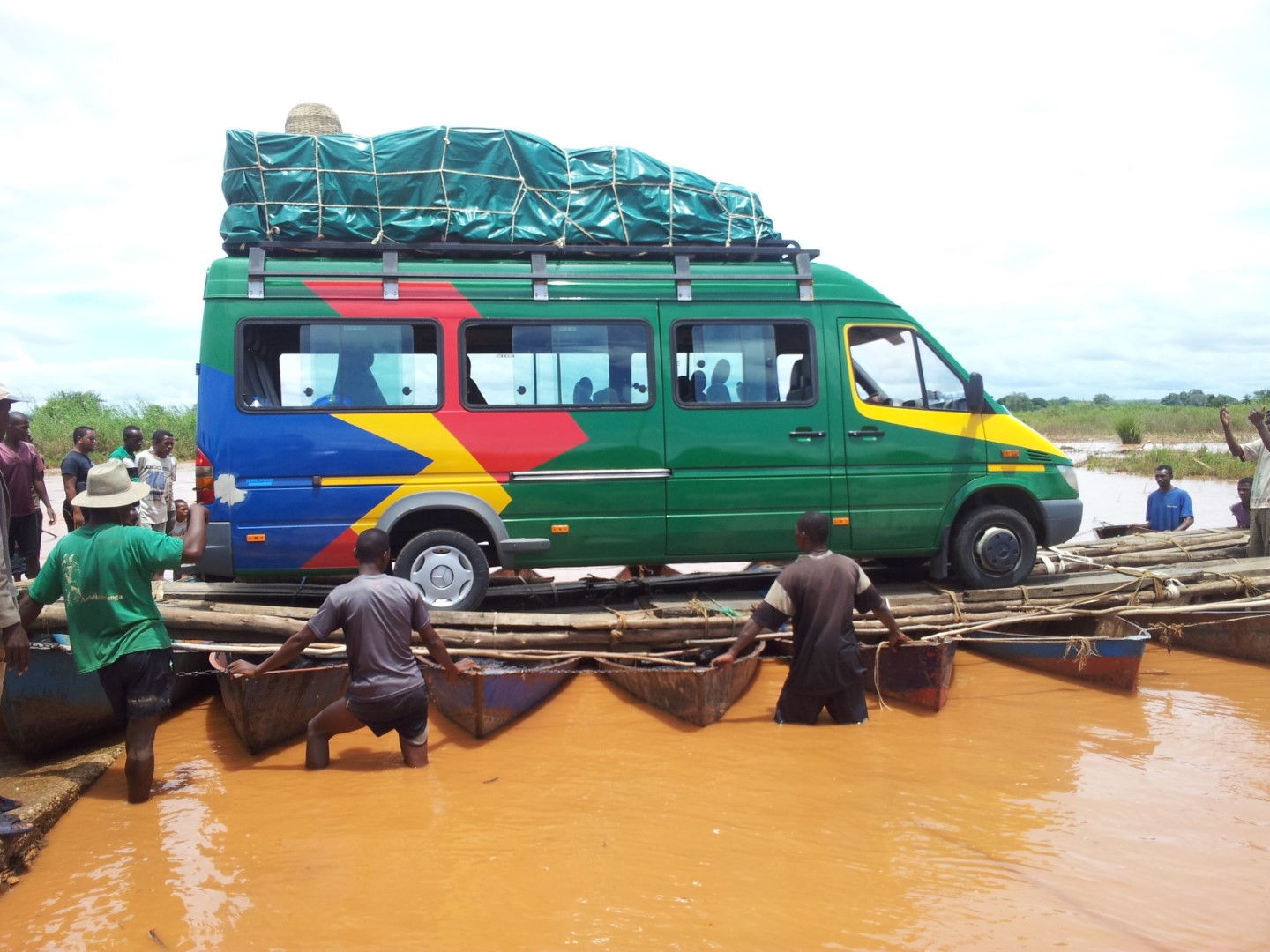
Shopping
Madagascar has got much to offer. The wildlife, the natural beauty and the rich culture attract people. If you visit this island you can buy many unique and beautiful items not available anywhere else.
Shoppers keen to take back local handicraft should look out for lamba – cloth squares patched together using a variety of traditional patterns and designs; zafimaniny or marquetry done on furniture, chessboards and boxes; silver items such as mahafaly crosses and vangavanga bracelets; jewellery made from shells and precious stones; mats, baskets, bags and hats woven from reeds, raffia and straw; antemore paper decorated with dried flowers and blouses, skirts and linen incorporating traditional styles of embroidery done by the local women. Any product or by product using native flora or fauna is on the restricted list and will require an export permit before it can be taken out of the country.
